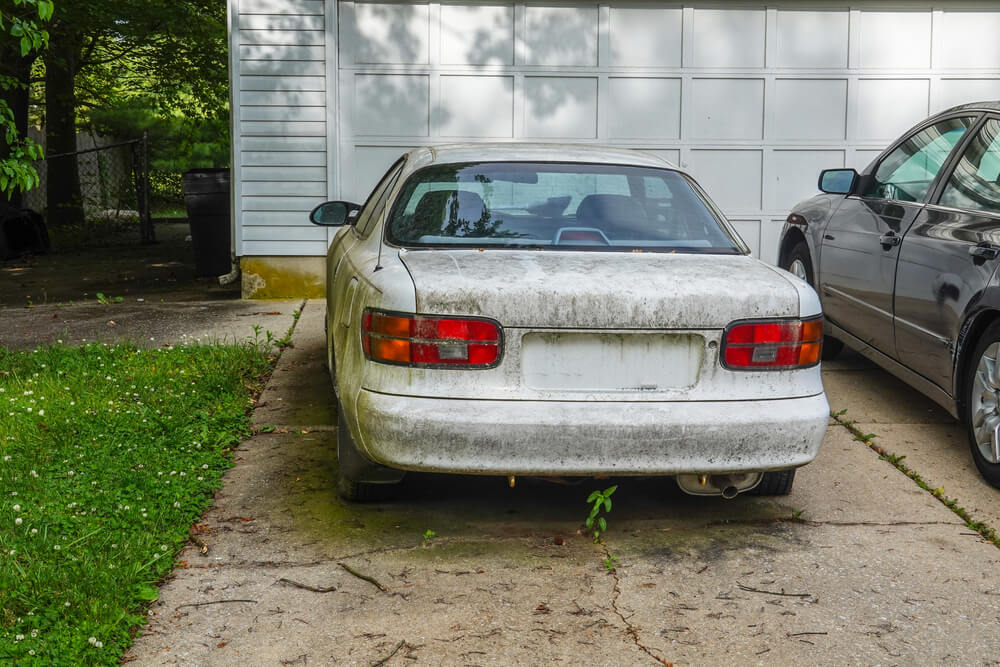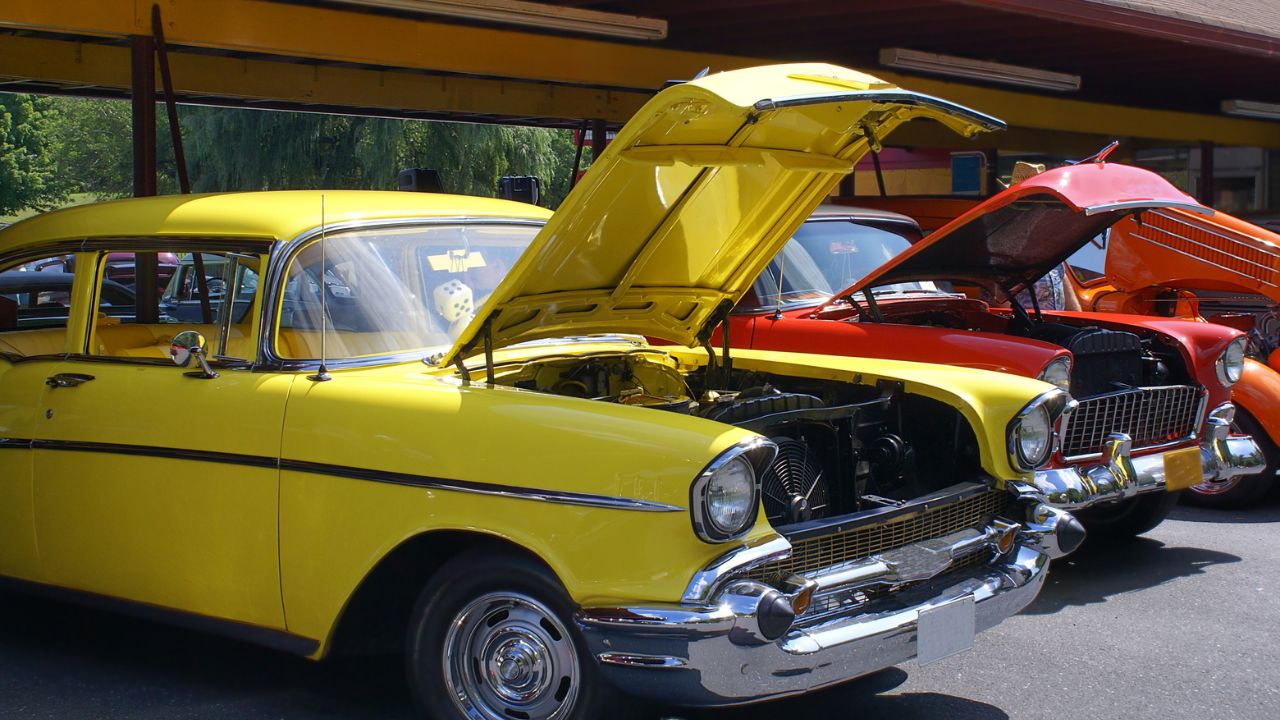
If you are in the market for the fastest Dodge cars on the market, then you have come to the right place. This article will be about the Dodge Challenger Demon. The Dodge Challenger RS is the fastest Dodge vehicle ever produced, along with other important features.
Dodge Challenger Demon
The latest model of Dodge's muscle cars is the Dodge Challenger SRT Demon. This model, which has 840 horsepower, was built to dominate drag racing. The Challenger SRT Demon has the fastest production car in its category, clocking in at 2.2 seconds from zero to 60 mph and 9.65 seconds for quarter-miles. It is standard with one driver's seat and has large fender flares. It has a torque rating of 770 pound feet, making it the most powerful car on the marketplace.
The Demon is equipped both with black and red keys. The black key limit horsepower to 500 horses, while the green key unlocks the full power of the race fuel. The Demon is capable at lifting the front wheels from the ground in 9.65 seconds. Because the Demon is intended to be a race car, it will be sold for under $100,000. It is also expected to be one of the most exclusive Challengers built by Dodge. Although the price of this car is unknown, it is expected to cost less than $100,000. Buyers can also take a full driving lesson at Bob Bondurant’s School of High Performance Driving in order to learn the best way to drive this car.

Dodge Charger SRT Hellcat Widebody
The Dodge Charger SRT Hellcat Widebody, 2020 Dodge Charger is a redesigned muscle car. Its supercharged 6.2-liter HEMI V8 engine produces 707 horsepower and 650 lb.-ft. of torque, making it one of the most powerful sedans available. Its handling is excellent for a car of this size. For those who want a powerful performance, the Hellcat is a great choice with its aggressive styling and broadbody design.
The new model comes with bigger tires and 20-inch wheels. It also features revised shock absorber valving. The suspension has been tuned and the tires are big Pirelli 305/35ZR20 to improve its performance. It can reach 196 mph, which is faster than the standard-bodied Charger SRT Hellcat. Dodge.com/ChargersRT Hellcat Widebody provides more information.
Dodge Challenger R/T SE 440 Six Pack
This 1970 Dodge Challenger R/T SE 440-horsepower sedan features a gorgeous Plum Crazy Purple color scheme, a 440-horsepower V-code engine, and a manual transmission. The car is a true collector's item, and its restoration is show quality and reference grade. It's Mopar at its finest! Listed at $32,500, this Challenger is one of the most desirable muscle cars available today.
You have a choice of several trim levels. This car can also be delivered in High Impact Plum Crazy FC7. It was owned by the previous owner in California, spent about ten years in Florida, and was acquired by a selling Dodge dealer in Wisconsin. It features a raised, scooped hood with "440 Six Pack", badges and polished pins. You will also find an overhead consolette and a woodgrain console. It is also equipped with power disc brakes and an AM radio with an 8-track player.

Dodge Challenger T/A
The Dodge Challenger T/A is still the fastest car ever produced by Dodge. The Dodge Challenger T/A features a powerful Hemi V-8 engine, an intelligent automatic transmission, and bold retro styling. The interior is easy to reach and has a visible gauge cluster. The Challenger comes with an 8.4 inch Uconnect system that includes navigation, Apple CarPlay or Android Auto. The power steering in the car isn't as responsive as that of its competitors and it's difficult to feel any feedback from the steering wheel. It is also uncomfortable to drive on any other surface than a track.
The Challenger T/A has two variants, the 5.7-liter and 6.4-liter. The 5.7-liter model slots below the SRT 392 in the Challenger lineup. Both engines produce 485 horsepower and 475 pounds-feet of torque. The car is Hellcat-inspired in design. However, the 6.4-liter Challenger T/A is a much faster car.
FAQ
How do I fix my vehicle as a hobby?
You might be interested in cars as a hobby. You can repair them, buy their parts, sell them, or just have fun with them. If you are looking for something more, it would be an excellent hobby.
However, it's not easy to turn this into a full-time career. It requires hard work and dedication. It will also require a large amount of investment.
If you don't have any good reasons to be involved in cars, it may be better to just let it go.
Is it hard to be a mechanic apprentice?
It's not easy, however, it is very rewarding and offers many opportunities for growth.
You will need to be patient and persevering. You must also know how to fix cars, trucks, and motorcycles.
There is a lot of pressure from customers and family members who want you to succeed. But, you shouldn’t be pressured to make any decisions you aren’t happy with.
This could be an excellent career choice for someone who enjoys fixing cars. This job allows you to make a decent wage and build up your company.
Perhaps you prefer a different route. Consider becoming a technician.
This is where you use your technical skills to support other workers. You could help technicians troubleshoot problems or teach them new techniques.
Another option is becoming a service advisor. As a service advisor, you will provide assistance and advice to customers as they bring their car to a garage.
It all depends on your goals. There are plenty of options available, and you can choose which suits you best.
To work as an automotive mechanic, do I need a degree? Can I study part time?
It is not essential, but it is helpful. Employers prefer applicants who have completed a full-time degree. It shows that you've worked hard and are determined to succeed.
This doesn't necessarily mean you can't continue to work while studying. Some universities allow students the flexibility to finish coursework during summer vacations and resume their studies later in year. Others let students take classes part-time throughout the year.
What is the difference in a mechanic and an auto technician?
These two jobs are very similar but not identical. A mechanic repairs cars and an automotive technician performs maintenance.
A mechanic should be able to do simple tasks quickly and have good manual dexterity. A mechanic must be able diagnose and fix problems quickly and accurately.
A technician in automotive is more technical than a mechanic. They must be capable of reading blueprints and using tools such as drills, wrenches, etc.
They should be able safely to perform complex procedures. They must be familiar with all types of electrical and engine systems.
They must also be capable of understanding how parts interact.
A mechanic typically earns less than an automotive technician. However, both careers offer great opportunities.
What is the best way to learn about car mechanics
To be an auto mechanic, you don't have to know much about cars. The only thing you need is the ability to fix them. It's why many people begin to fix things by fitting brake pads or changing tires.
You need to be able read and comprehend diagrams, follow written instructions and adhere to basic principles of good practice. You must also be able judge if parts need to replaced or repaired.
It's important to remember that you shouldn't attempt to repair vehicles without having received proper training and guidance. This is especially important if you work with expensive parts such as transmissions or engines.
Even though you don't need to be an expert on cars, it is important to understand the fundamentals of mechanical engineering and physical physics. This means understanding the principles behind how engines work and how brakes function.
It is also important to remember that you will need to be able to handle many situations. One example is when you could be working on a vehicle involved in a serious crash. You'll also need experience dealing with breakdowns and accidents.
Finally, you need to be willing and able to quickly learn new skills. Not only will you need to be capable of diagnosing problems, but you also need to be able perform simple maintenance tasks like tightening nuts.
What is the length of an automotive training course?
An automotive course lasts for three years.
The first year is dedicated to theory and learning about cars. The second year is dedicated to practical training, where you will learn how to fix cars, drive them, and do other jobs around the car. The final year includes a placement at an auto shop. This gives you real-world experience fixing real problems.
Statistics
- There were 749,900 jobs available for automotive service technicians and mechanics in 2016, which is expected to grow by six percent through 2026. (jobhero.com)
- The U.S. Bureau of Labor Statistics (BLS) reports that the job outlook for automotive service technicians and mechanics is expected to decline by 4% from 2019 to 2029. (indeed.com)
- According to the BLS, total auto technician employment is expected to exceed 705,000 by 2030. (uti.edu)
External Links
How To
How to guard yourself against auto mechanic scams
Scamming by auto mechanics can be a serious problem. On average, a consumer spends $1500 per year on auto repairs. This is a huge opportunity for people to take advantage of it. Knowing what to look for will help you avoid falling for a scammer. Here are some tips to help you spot a scammer before they get their hands on your money.
-
Never pay upfront. It is likely that someone will ask you to pay them upfront. Always ask for payment once work has been completed. The Better Business Bureau (BBB), 1-888-322-8138, can help you determine if the item is legitimate. They will give you guidance on what to do next.
-
Ask for references. You can contact former customers to confirm that you are dealing with a trustworthy service provider. Online reviews are also a great way to verify the service provider's reputation. Be sure to check online reviews about any business that you deal with.
-
Do background checks. Do background checks before you hire anyone. To check if complaints have been filed against the business, visit the BBB site. Also ensure that the vehicle's licence number is owned by the person who runs the business.
-
Do not be afraid to leave. Sometimes, even when a business seems legit, they try to trick you into paying too much. Don't hesitate to leave if you feel like you've been taken advantage of. There are plenty of other businesses available to you.
-
Avoid "free" services. Many companies offer free estimates or inspections. These companies usually charge exorbitant fees later. Ask about additional charges before you sign anything.
-
Avoid being pressured. A company may offer you a great deal because they think they are able to charge you less than you should. It's possible that you have been pressured into buying something.
-
Make sure you only purchase high quality products. Look for quality parts when looking for a repair shop. For example, if you need new brake pads, you shouldn't go to a place that uses cheap pads. Instead, shop for brakes.
-
Get multiple quotes. It is important that you compare prices between shops. You'll have a better chance of finding a fair price when you do so.
-
Keep track. It's important to keep track of all the details surrounding your repair. This includes invoices, receipts, and warranties. Notify your recipient of phone numbers or addresses.
-
Stay informed